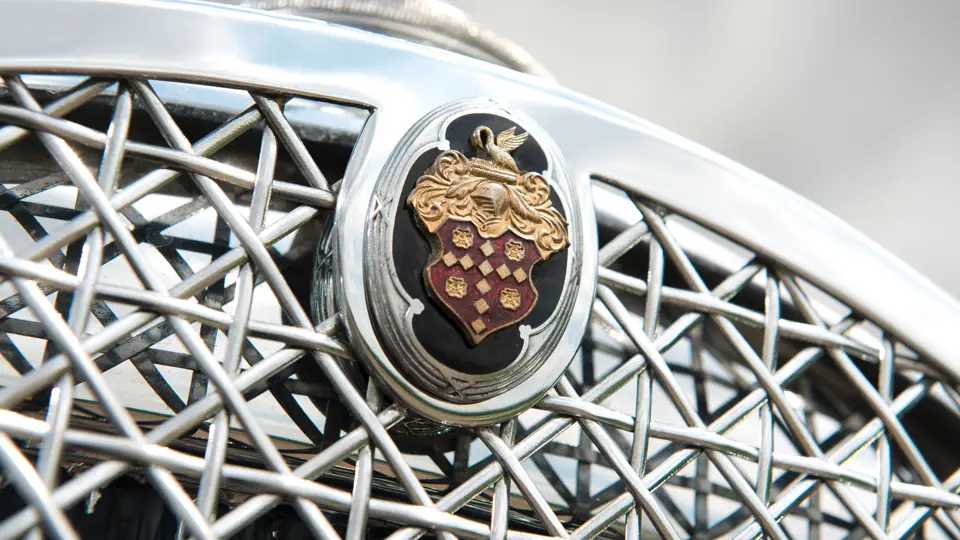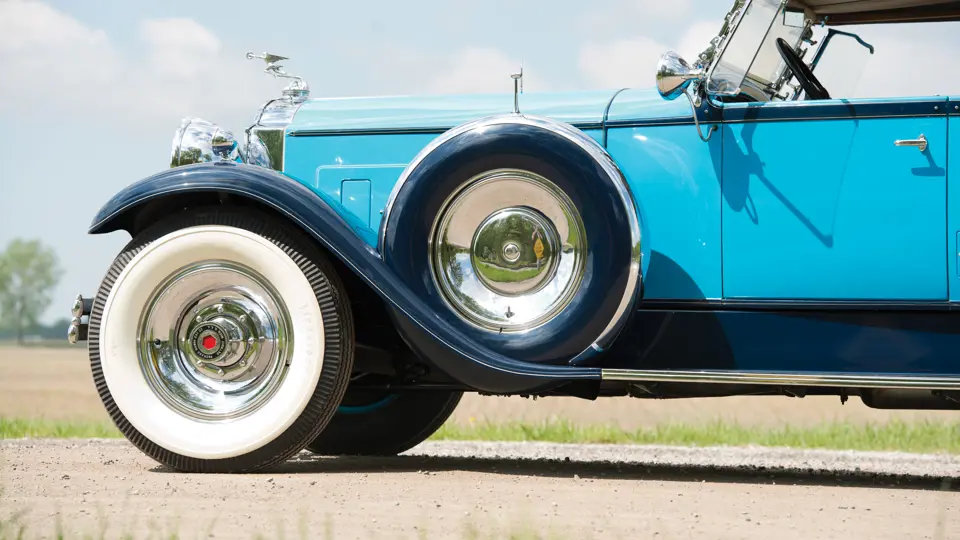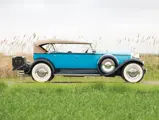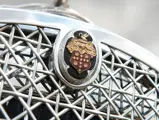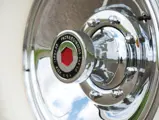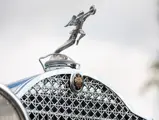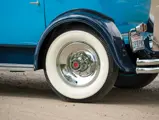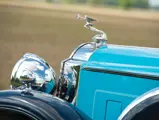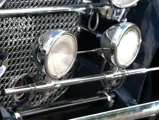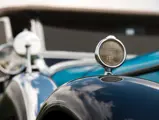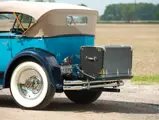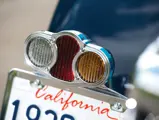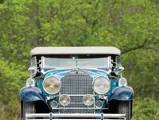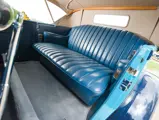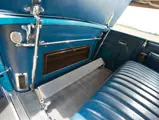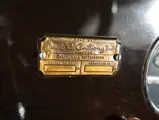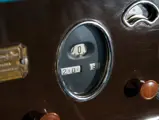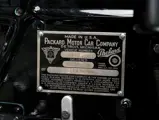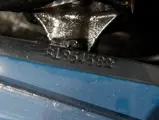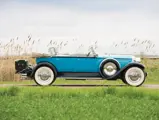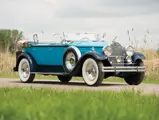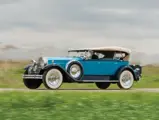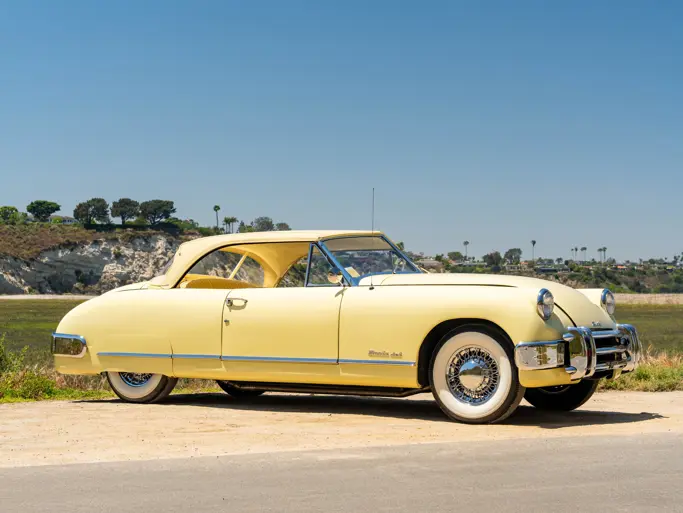Series 740. 106 bhp, 385 cu. in. L-head inline eight-cylinder engine, four-speed manual transmission, solid front and live rear axles with semi-elliptic leaf springs, and four-wheel mechanical drum brakes. Wheelbase: 140.5 in.
With new styling overseen by famed designer Ray Dietrich, the Seventh Series Packard models debuted on August 29, 1929, sporting lower, sleeker lines and the beautifully flowing front fenders so emblematic of the Classic Era. New headlamps and the repositioning of the lights from the cowl to the front fenders were other notable stylistic changes. Even though a wide range of custom bodies were available from the finest coachbuilders of the time, most Packards were production cars, and they were well built, luxurious, smooth, and very quiet nonetheless. Even these were frighteningly expensive, selling for the price of a very nice house.
Mechanically speaking, 1930 marked the first time Packard did not build its own carburetor, opting instead for an outsourced Detroit Lubricator updraft unit to feed its eight-cylinder engine. A new low gear was added to the three-speed gearbox to create a smooth-starting four-speed. Cooling was improved by a redesigned water pump with dual fan belts, and the slightly sloped grille was fitted with thermostatically controlled shutters. Five more lubrication points were added to the 1930 models, and Packard claimed that the standard Bijur lubricator dash control with its “Pull Daily” handle accomplished the work of “43 men with 43 oil cans.”
Most desirable among the open Packard body styles available in the Seventh Series was the Style 441 dual-cowl sport phaeton, a classic four-passenger open model with a second windshield and cowl for rear seat passengers. In many ways, this dashing and well-proportioned style, which was so appropriate to country estates and summer homes, defined the 1930s Classic Era, which makes the ownership of this example so particularly appropriate.
This car is believed to have been originally delivered in Southern California, as it wears an original Earle C. Anthony service plate on its dashboard, and its long-time Golden State heritage continued, as it was formerly part of the renowned collection of Robert Gottlieb, a successful Los Angeles attorney and co-founder, with Robert Petersen, of Trend Inc. Mr. Gottlieb was a dyed-in-the-wool automobile enthusiast and early member of numerous car clubs, including the Classic Car Club of America. Today, he is best remembered as the long-time “Classic Comments” columnist for Motor Trend magazine and as one of the men who popularized the term “classic car.”
Over the years, Mr. Gottlieb owned many spectacular Full Classics, this Packard among them, which he is known to have owned for at least 10 years. It has most recently been part of a highly regarded eastern U.S. collection.
The car was refinished some time ago, and it is currently finished in a striking combination of two-tone aquamarine and features a matching leather interior set off by beautifully varnished woodwork, polished chrome disc wheels, covered side-mounts with pedestal mirrors, dual Pilot Ray driving lights, wind wings, a radiator stone guard, a rear-mounted luggage rack with a period trunk, and Packard’s famous Goddess of Speed radiator mascot.
A recent road test showed that the car ran, drove, and road well, with the steady solidness that one expects of a Packard. Inspection of the original engine and chassis numbers show that not only are they authentic 1930 components, but they are also the originals to this car. In addition, Packard historians regard this car as being a genuine, original dual-cowl Sport Phaeton.
The opportunity to acquire an original Sport Phaeton from one of Packard’s most desirable years is rare and should be treasured. This is one of those opportunities, and the car itself has been blessed by the ownership of the man who invented the “classic car.”




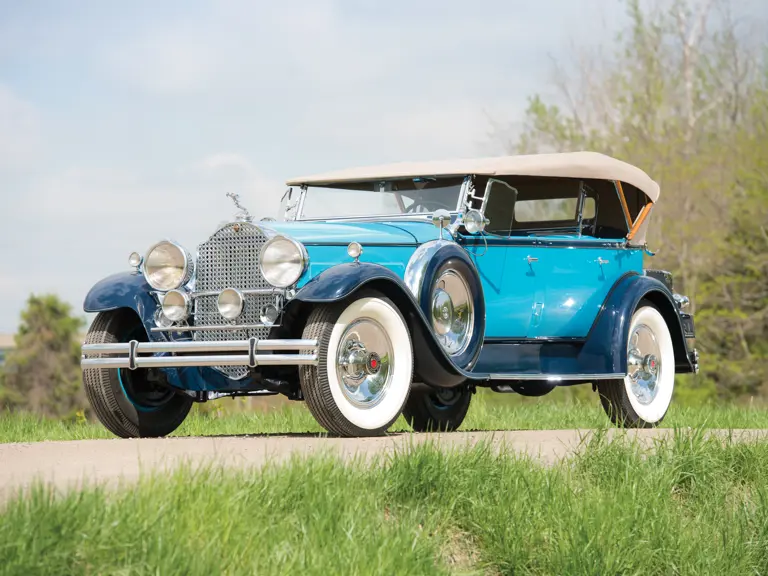
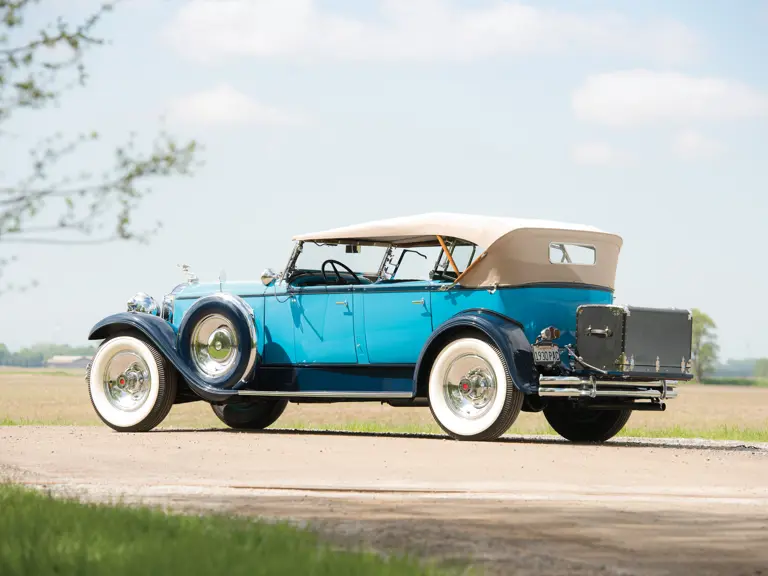
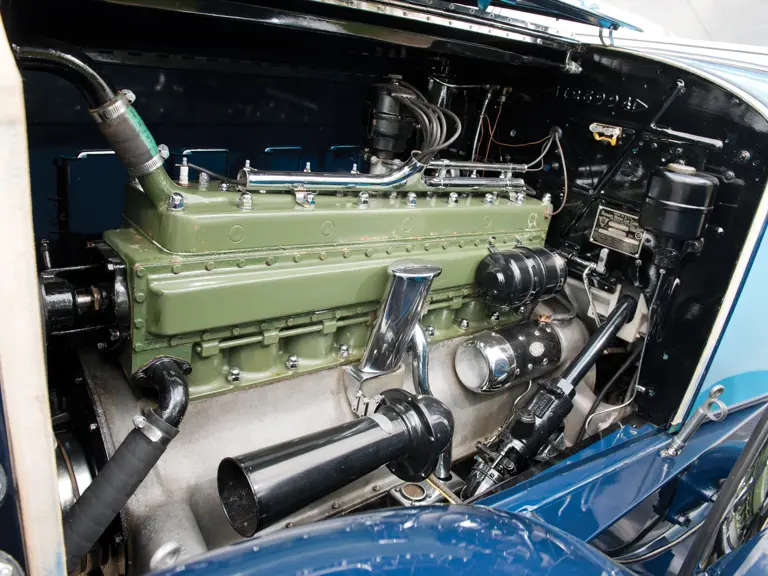
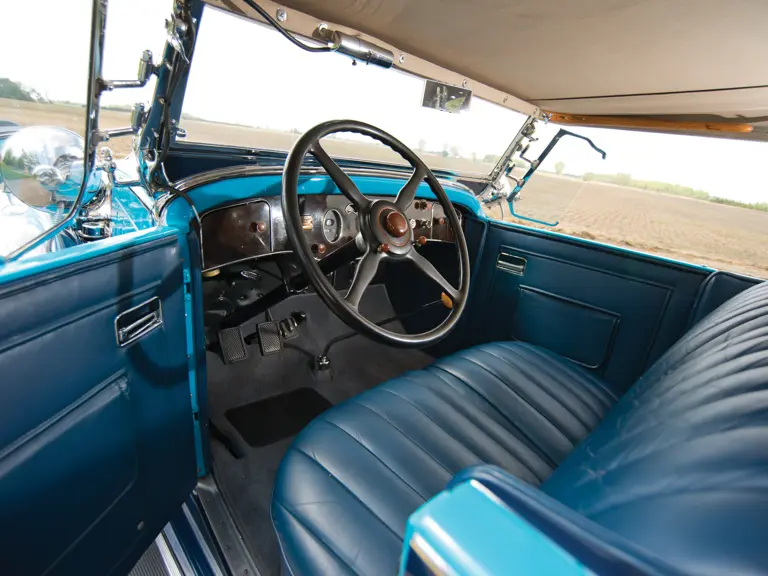


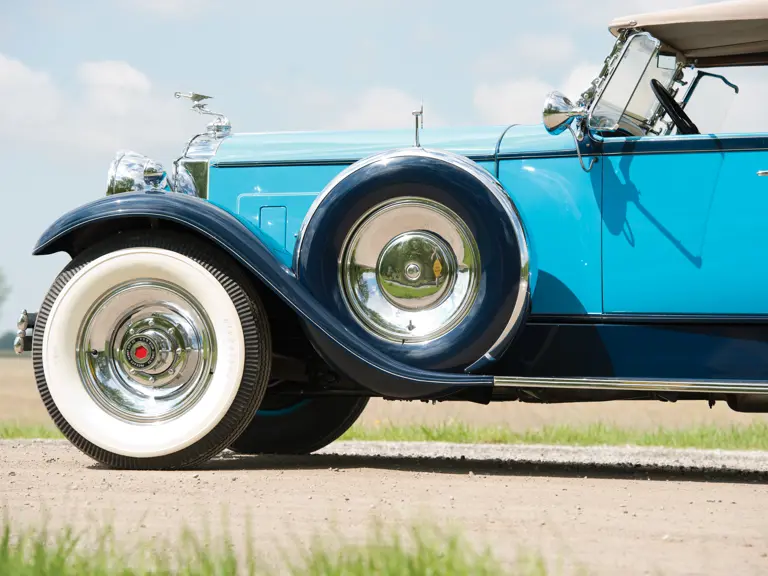
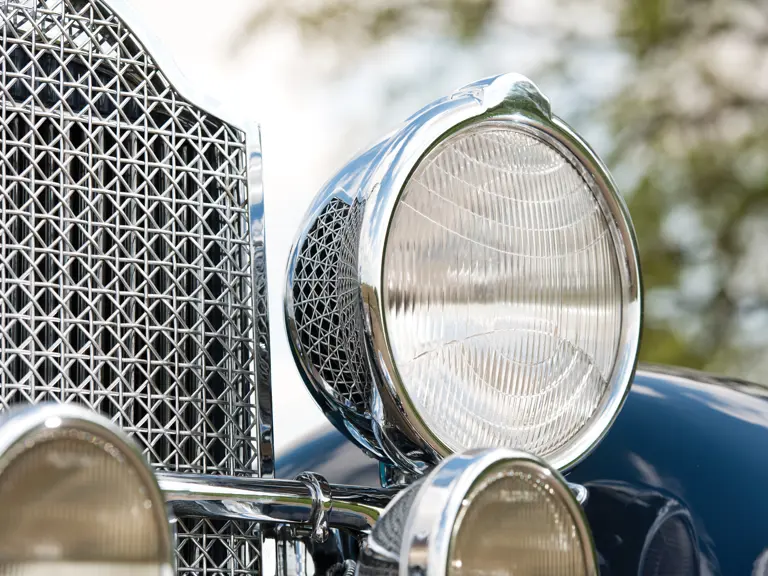

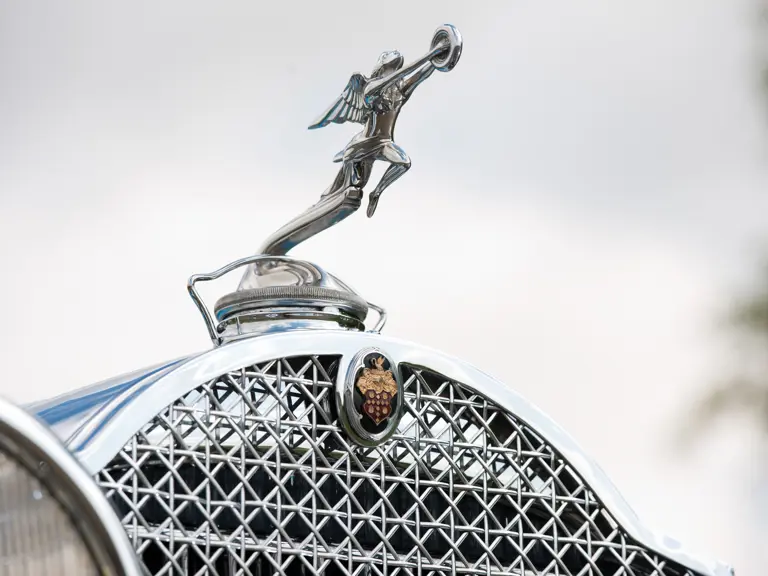
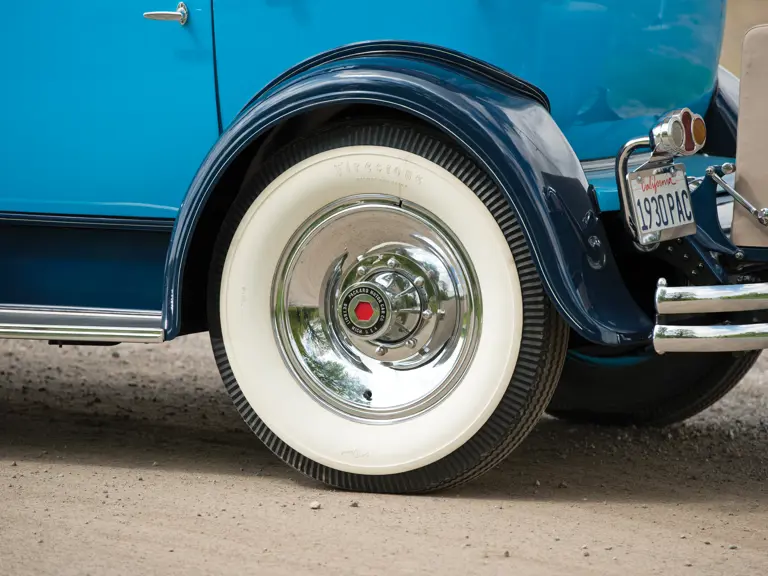
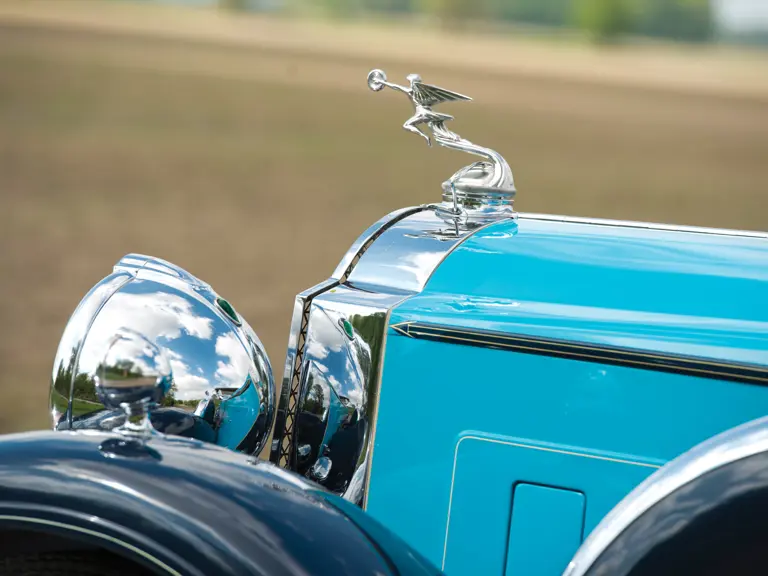

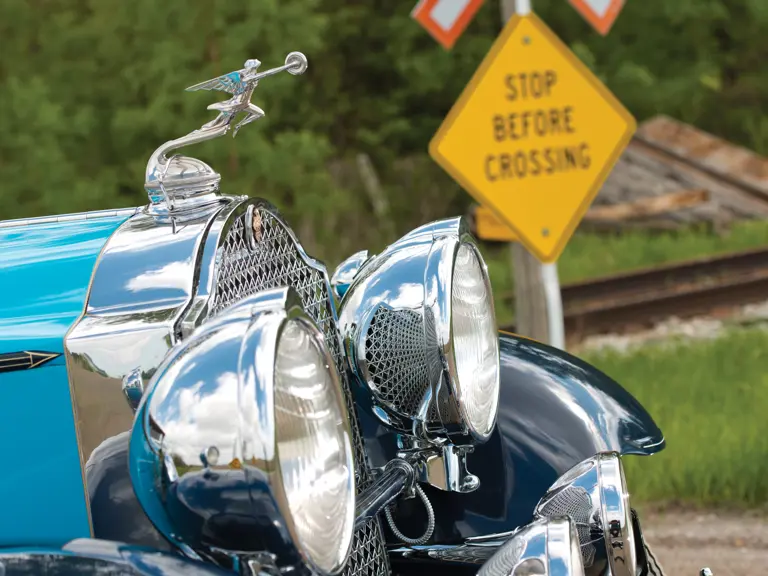
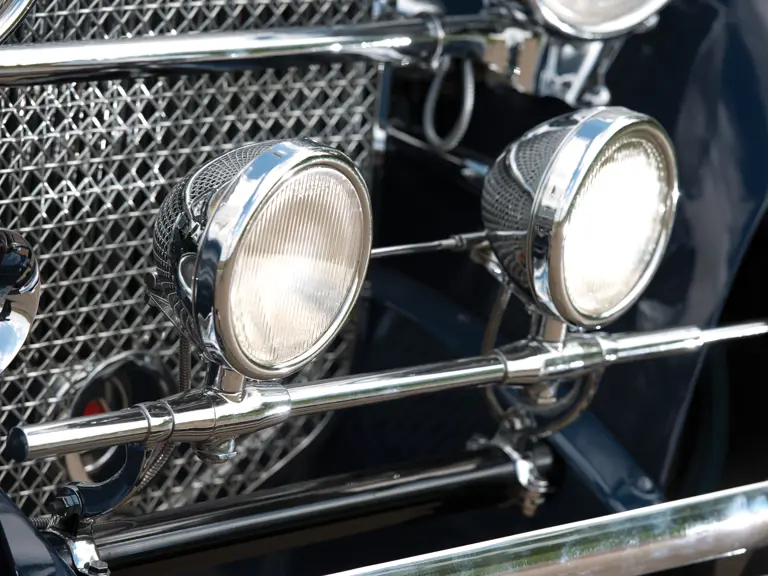

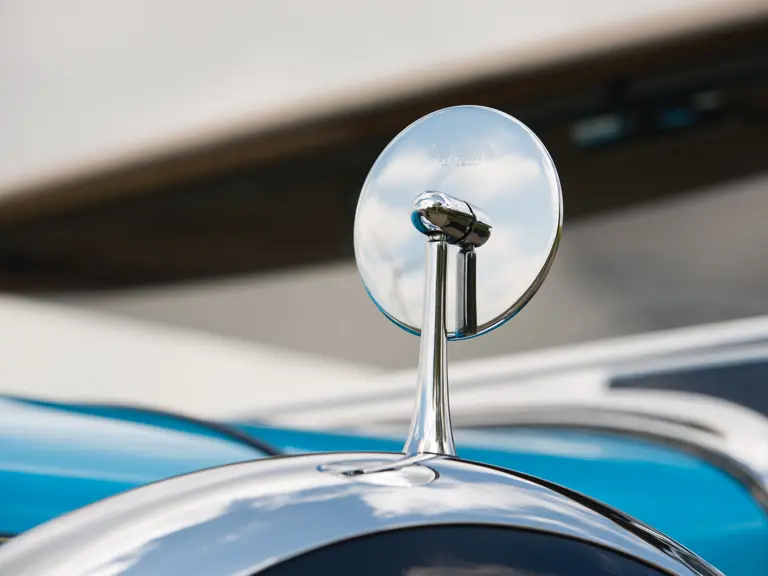
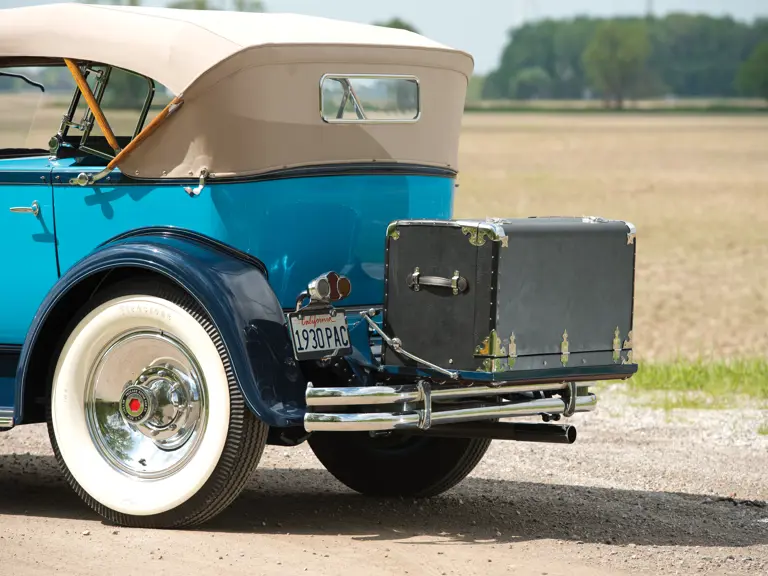
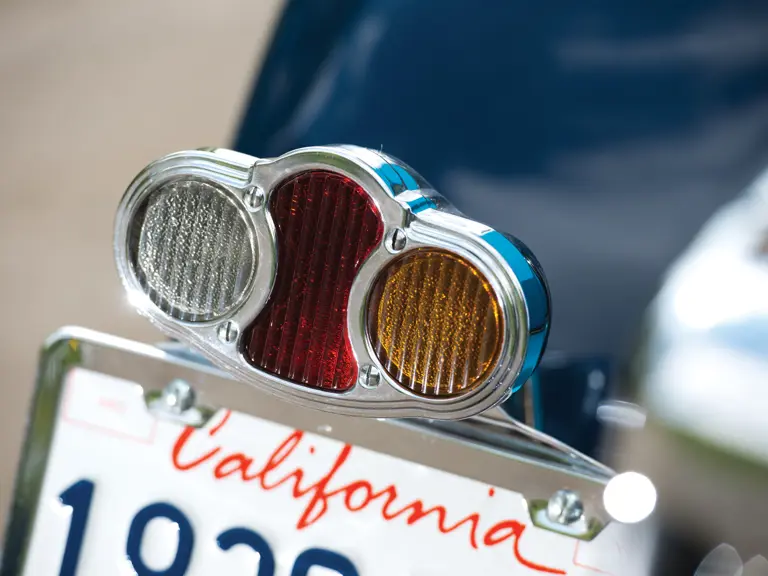
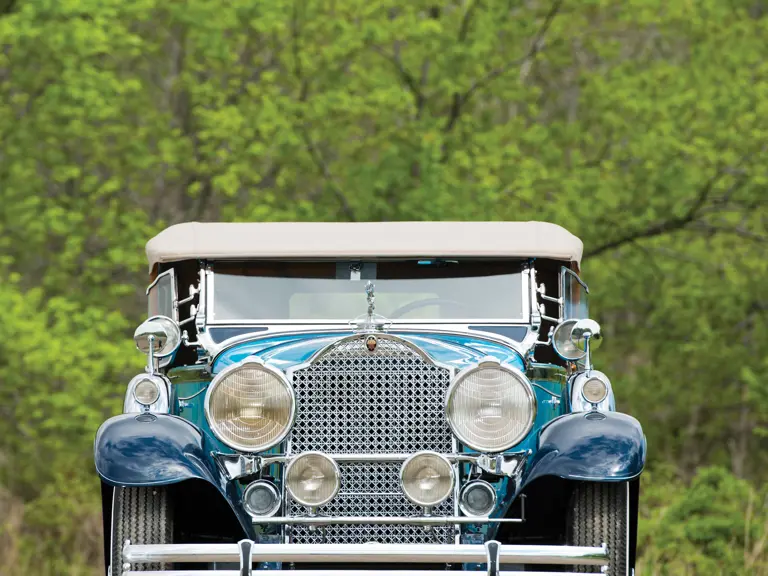

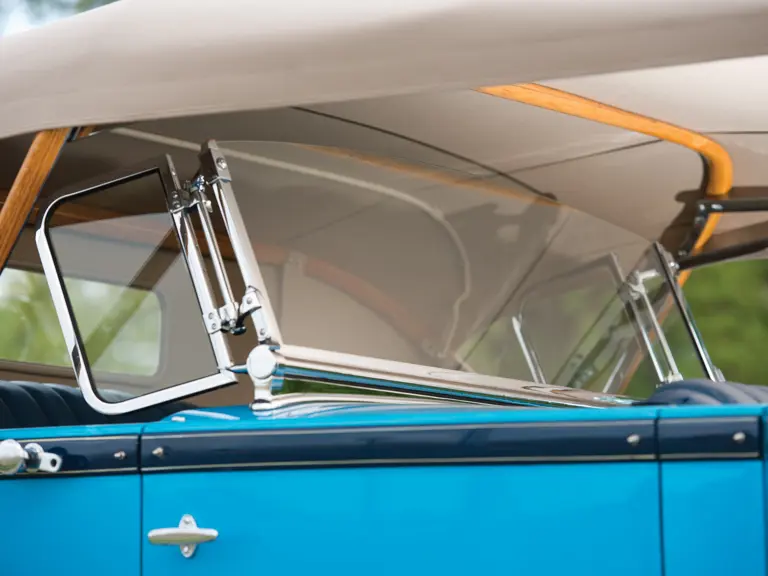
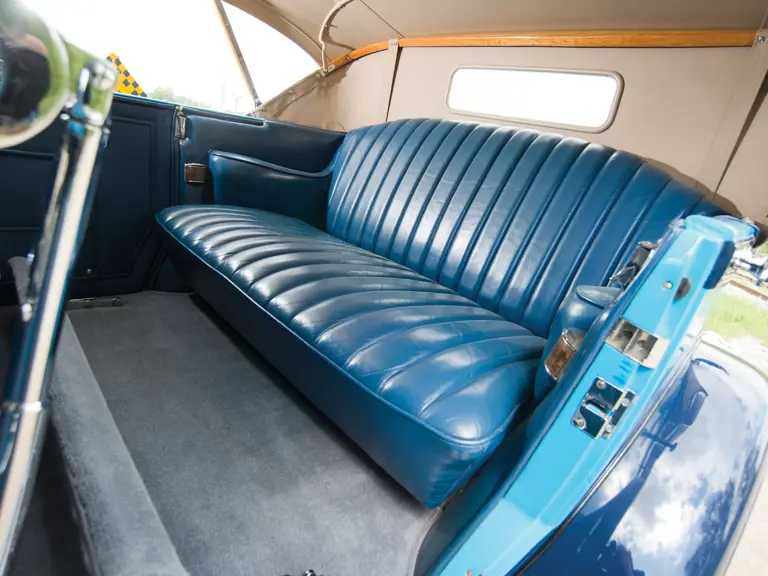
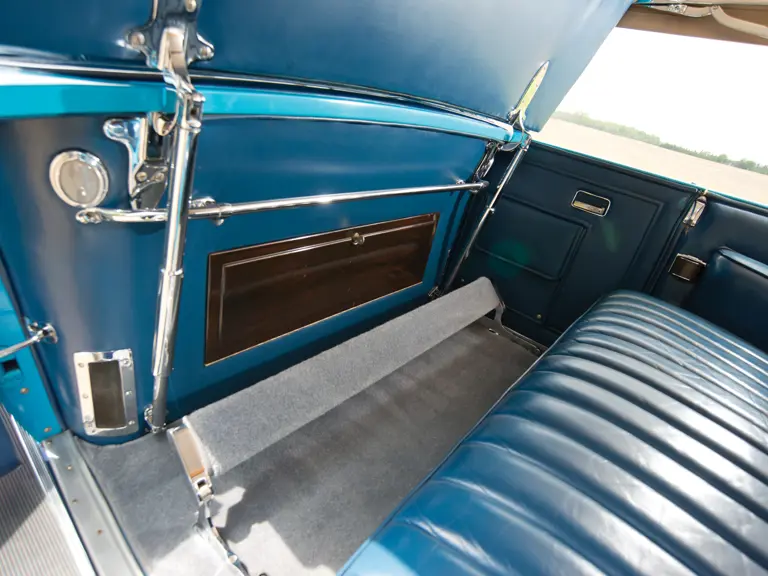


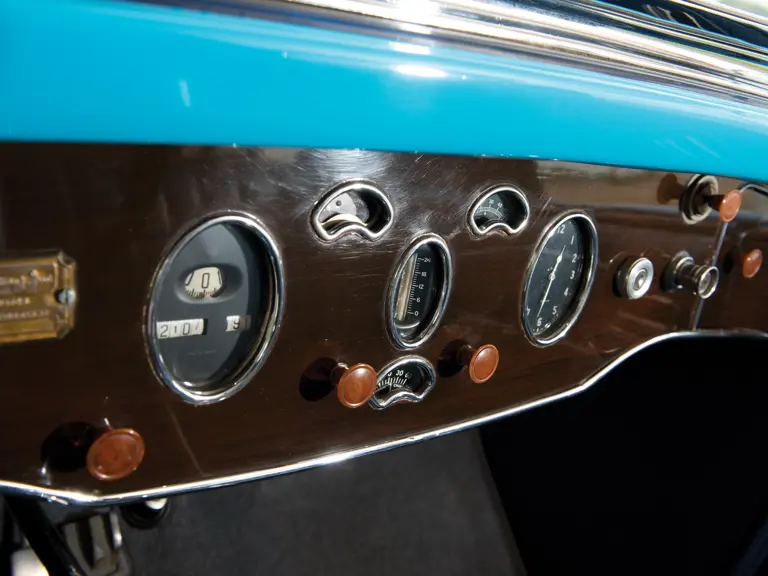
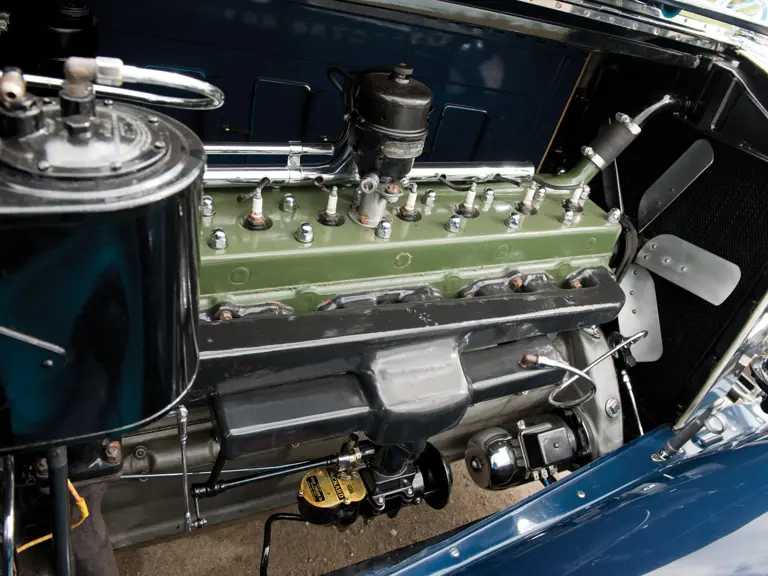
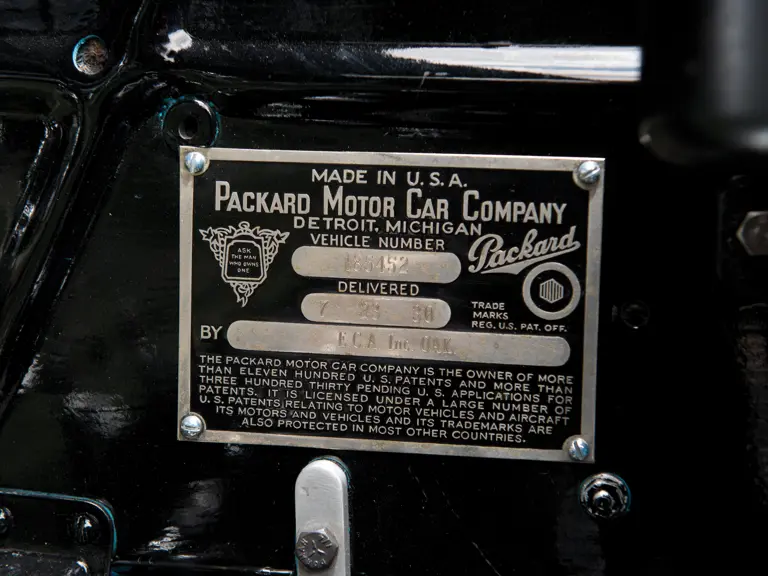

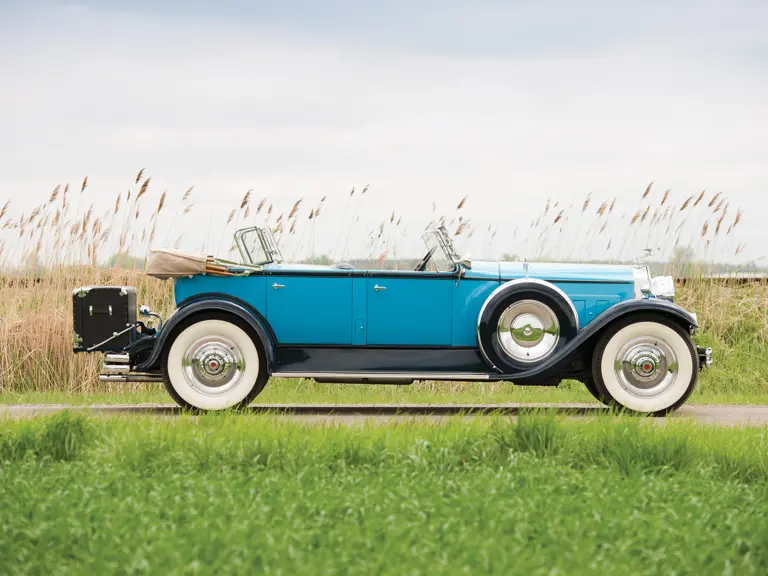
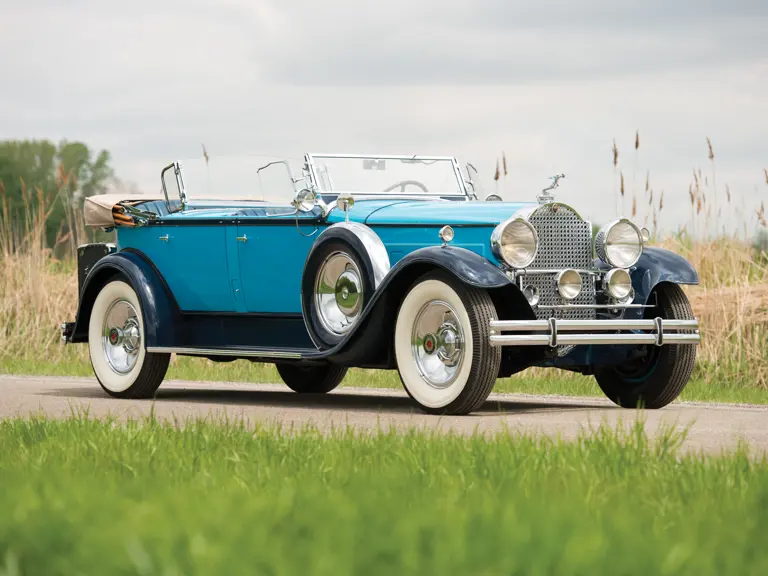
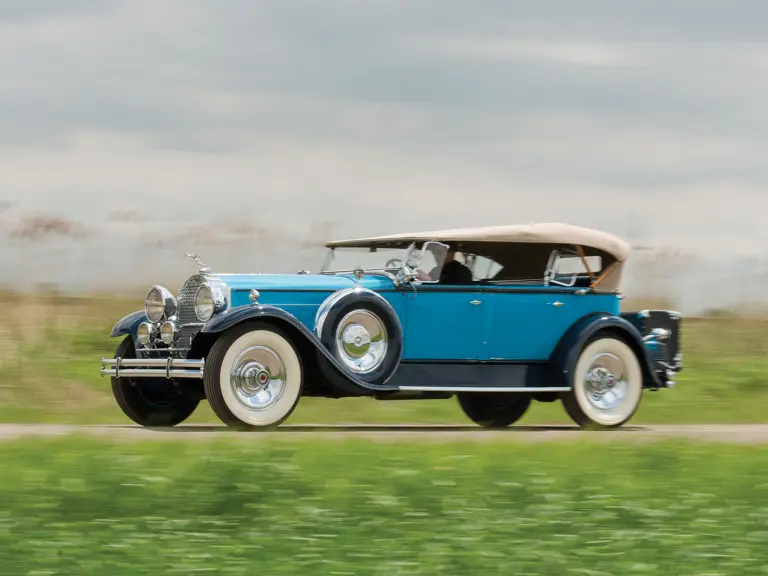
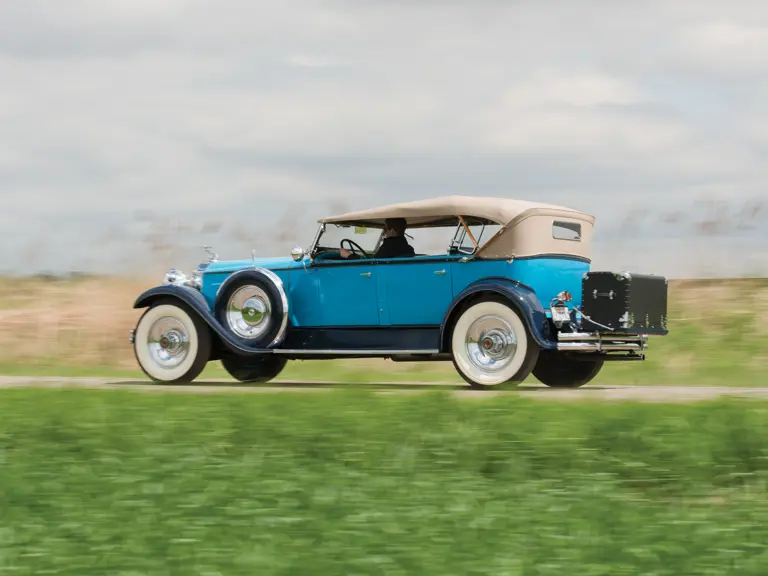
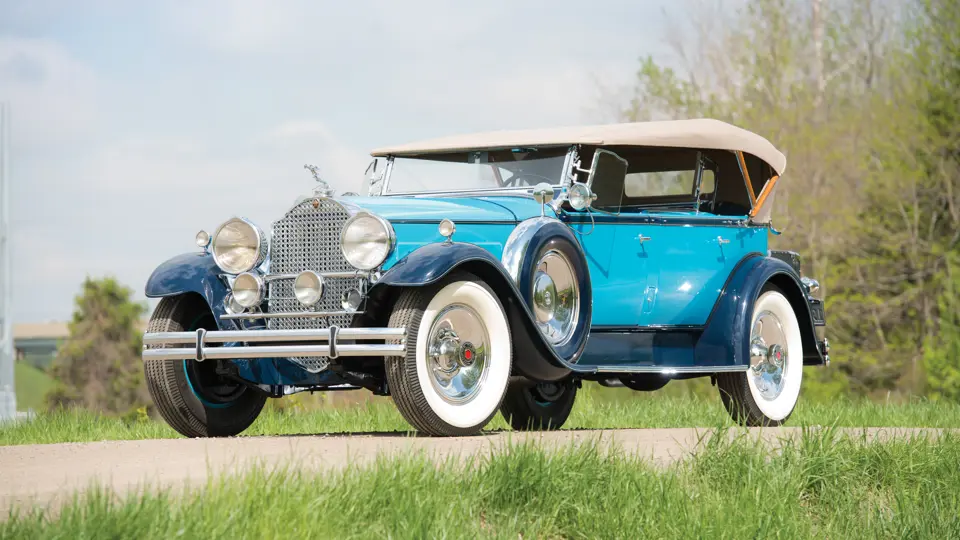
 | Monterey, California
| Monterey, California

